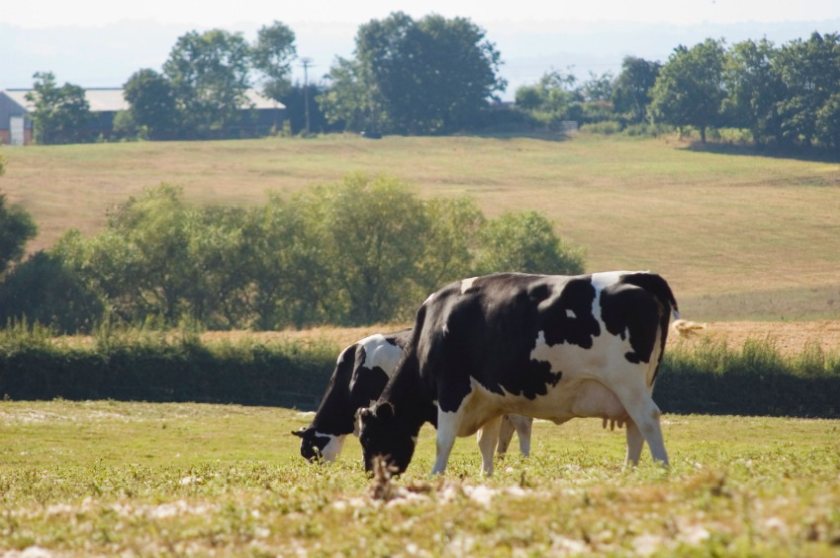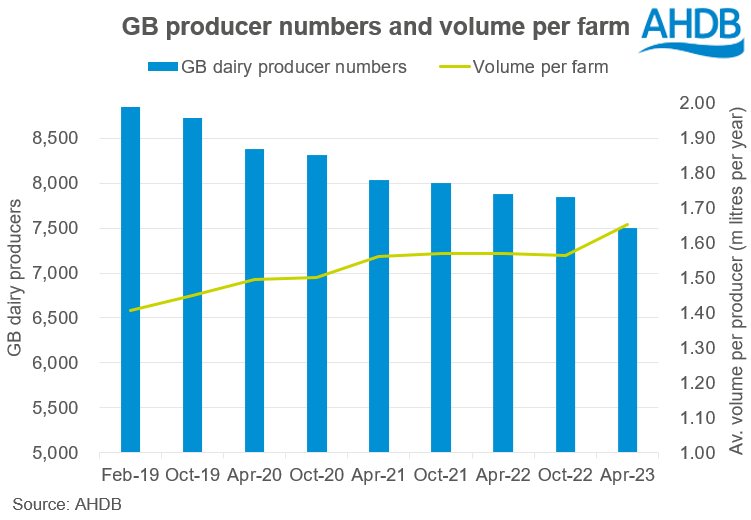
The number of British dairy farmers has fallen nearly 5 percent over the last 12 months, as input costs remain historically high.
In the AHDB's most recent survey of major milk buyers, it is estimated that there were 7,500 dairy producers in GB as of April this year.
Compared to the April 2022 survey, this represents a reduction of 4.8 percent, meaning 380 dairy farmers have quit the industry.
And since AHDB's most recent survey - undertaken in October 2022 - 350 dairy farmers have left the industry, a 4.5% fall.
Despite the fact that the latest Agricultural Price Index indicates that inflation has eased, the input costs remain historically high.
In combination with falling milk prices, AHDB analyst Tom Price said this had squeezed profit margins for many dairy farmers across the country.
He said: "The current high level of cull cow prices, as well as ongoing uncertainties about changes to agricultural subsidy schemes has led to some producers changing their future direction."

Despite the decline, good weather conditions last autumn and the vestiges of higher prices at the end of last year has meant that average milk production by farm remained high over the autumn and winter months.
Milk volumes per farm remain high with the latest figures suggesting that the average GB dairy farm produces 4,500 litres per day, equating to 1.65mn litres per year.
Getting a true picture of the number of dairy producers in the country is often difficult due to the different reporting methods used.
The Food Standards Agency (FSA) can be used to track producer numbers across England and Wales, based on the number of farmers registered to produce milk.
However, deregistering is voluntary, and therefore unlikely to be top of the “to do” list for a farmer leaving the industry.
The AHDB’s estimate represents the number of producers actively contributing to British milk production.
It is based on the number of active producers and temporary inactive producers from the milk buyers that contribute to the Daily Milk Deliveries survey.
This covers approximately 82% of volumes in GB, and so the estimate has been adjusted accordingly.
